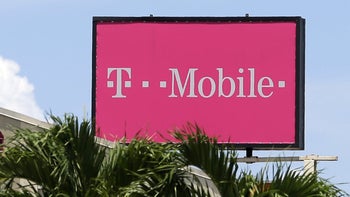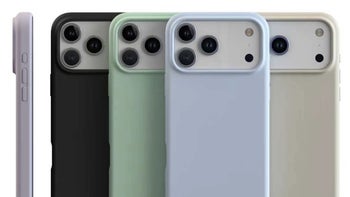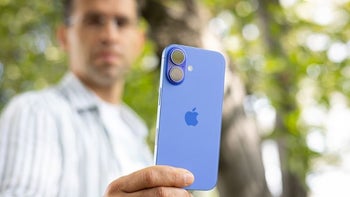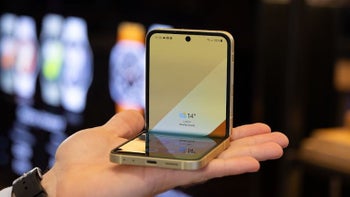Snapdragon 800 version of the Xiaomi Mi3 goes through AnTuTu, scores over 37,000

There's no denying that the Xiaomi Mi3 has become the pinnacle of the Beijing-based company's success, and luckily for those of us who want to have a taste, the flagship should soon be en-route to the rest of the world.
Say what you want, but if we take the latest alleged AnTuTu benchmarks of the Mi3 into consideration, the device is unlikely to be found wanting in the performance department. The high-powered (WCDMA) version of Snapdragon 800 – the 2.3GHz MSM8974AB – manages squeeze out an impressive 37,273 score, while the CDMA model got a slightly lower 36,350 figure. Having come to know AnTuTu as the palm of our hands, we mostly attribute the difference to the benchmark's traditionally uneven scoring, meaning that this is likely nothing more than a fluctuation. Do keep in mind that these are not, strictly speaking, official, so it's possible that we have the wrong device, albeit unlikely.
And while everything else about the Xiaomi Mi3 is equally high-end, it's the outrageously low ¥1999 ($280) starting price that makes the new flagship an ultra competitive offering. Of course, you need an 'appointment' in order to be queued up before you can grab a unit, which is why you won't be seeing as low pricing with resellers. Luckily, even with the extra mark-ups, you can likely snatch a Mi3 at half the cost of a rival brand, and that's quite a bargain.
Say what you want, but if we take the latest alleged AnTuTu benchmarks of the Mi3 into consideration, the device is unlikely to be found wanting in the performance department. The high-powered (WCDMA) version of Snapdragon 800 – the 2.3GHz MSM8974AB – manages squeeze out an impressive 37,273 score, while the CDMA model got a slightly lower 36,350 figure. Having come to know AnTuTu as the palm of our hands, we mostly attribute the difference to the benchmark's traditionally uneven scoring, meaning that this is likely nothing more than a fluctuation. Do keep in mind that these are not, strictly speaking, official, so it's possible that we have the wrong device, albeit unlikely.
via: GSM Insider










Things that are NOT allowed: